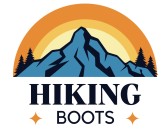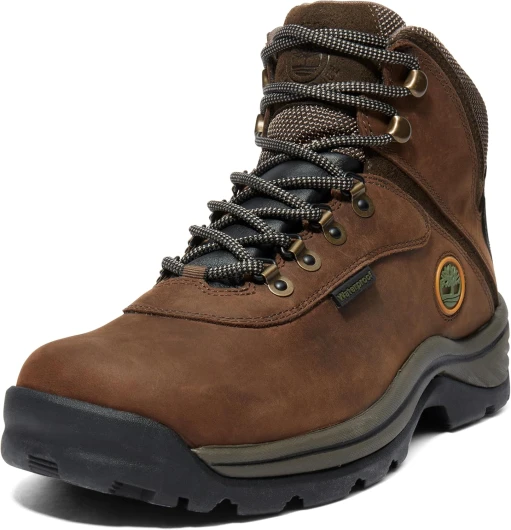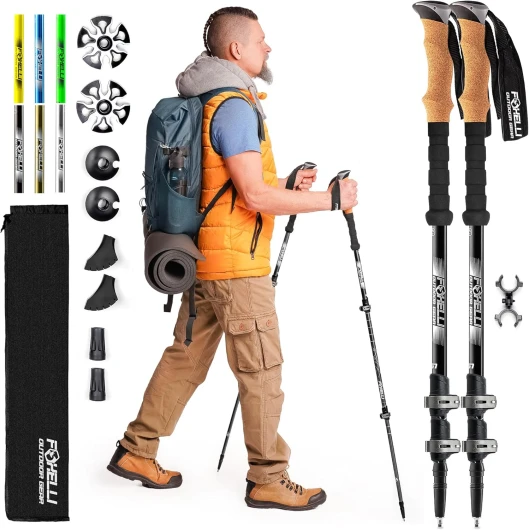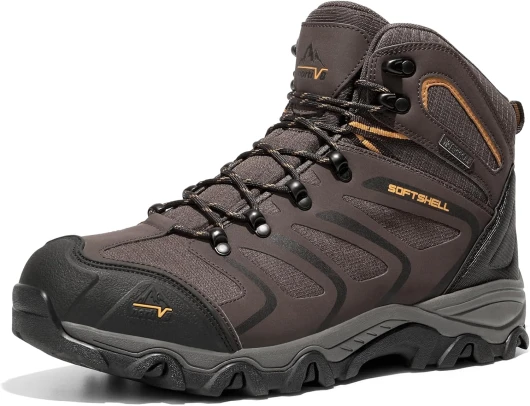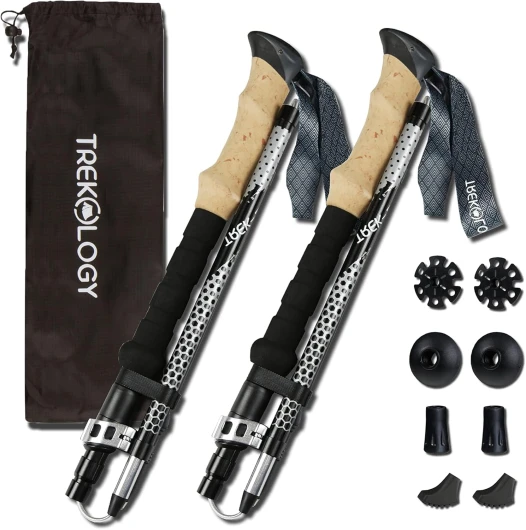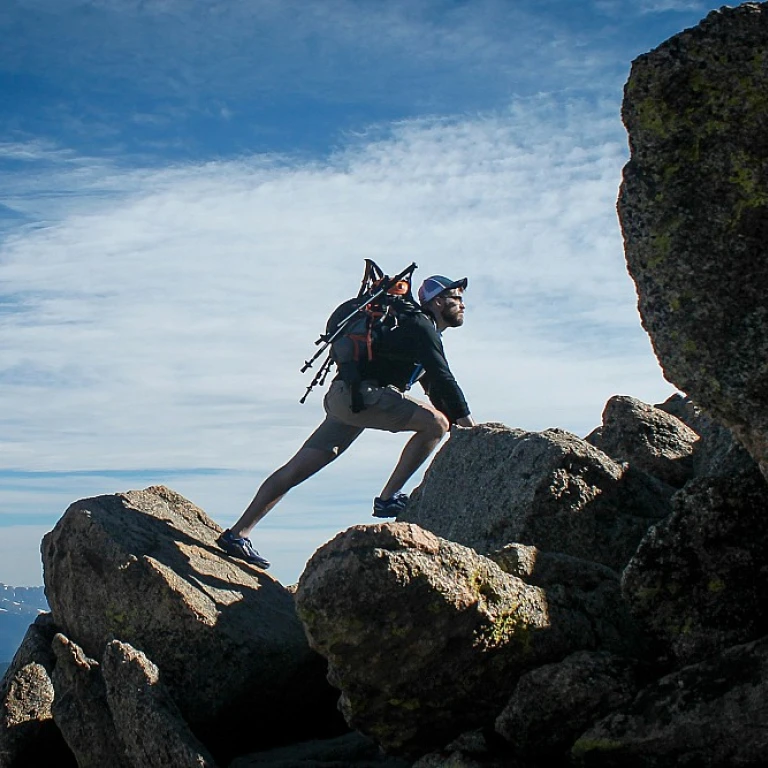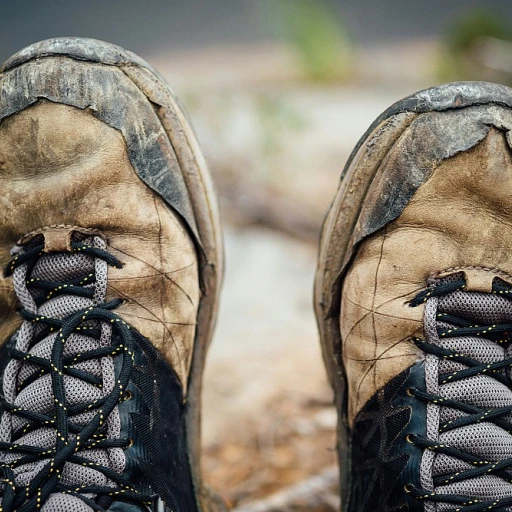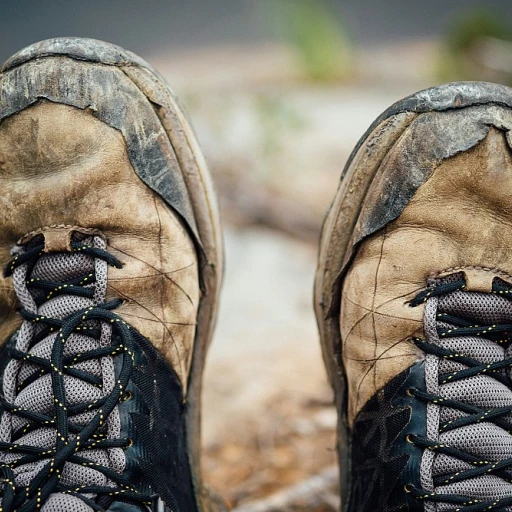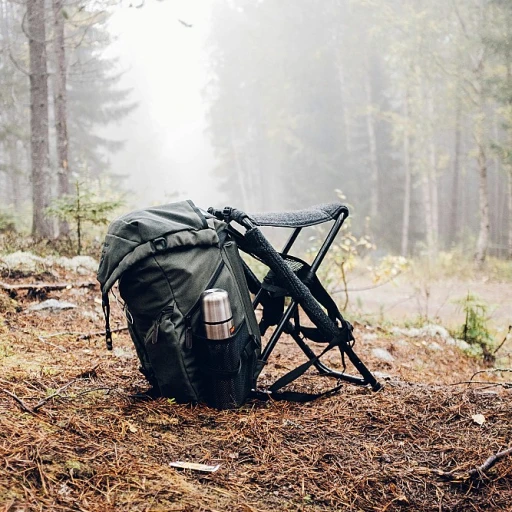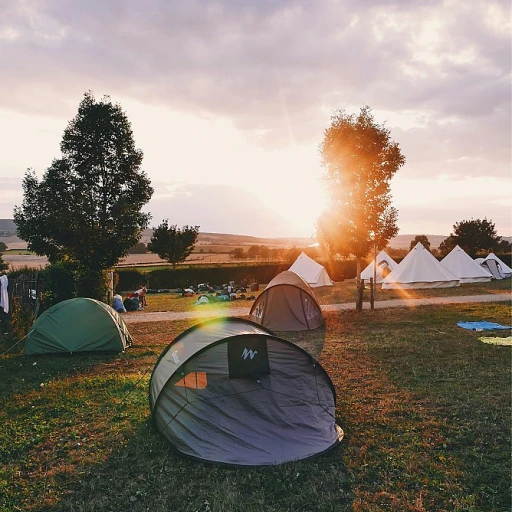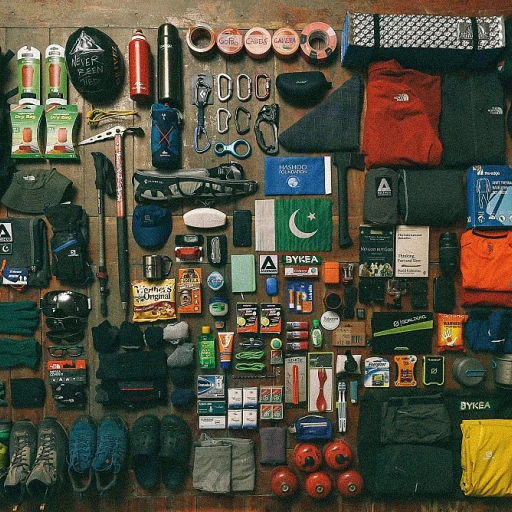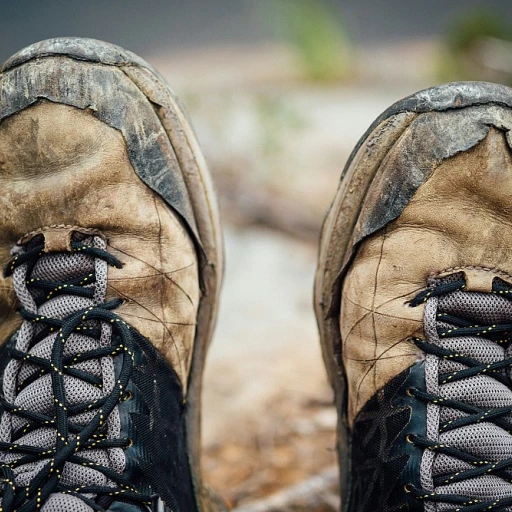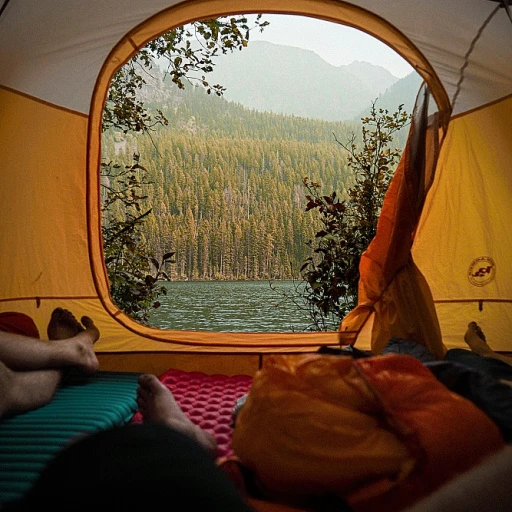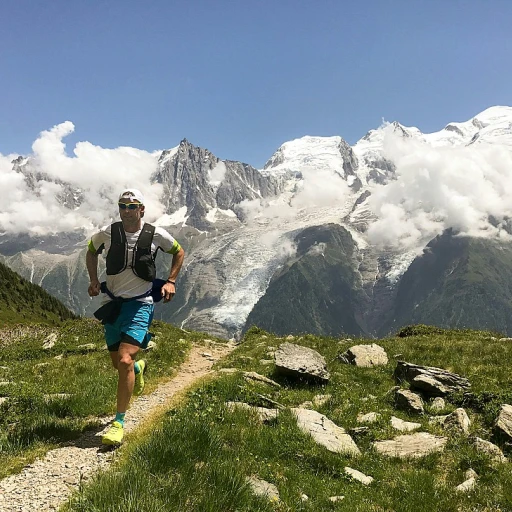
Understanding the Terrain of Herman Gulch Trail
Unveiling the Scenic Wonders of Herman Gulch
Exploring the Herman Gulch Trail offers a breathtaking adventure into the heart of the Colorado wilderness. This trail immerses you in the majestic beauty of the Arapaho National Forest, providing an unparalleled opportunity to witness stunning views, especially as you reach the serene Herman Lake. Herman Gulch is renowned for its varied terrain that appeals to both novice and experienced hikers. Starting from the dog-friendly gulch trailhead, your journey will wind along the Continental Divide, offering numerous vantage points of the surrounding mountain peaks like Pettingell Peak and Mount Sniktau. The hike is marked by an easy start from the parking lot, gradually leading to a demanding elevation gain. Reaching the alpine lake, you will encounter snow patches, depending on the season. This variability in trail conditions makes choosing the right footwear crucial to enhance your hiking experience and safety. Furthermore, adventurers trek through lush meadows and trail expanses generally frequented by outdoor enthusiasts from Denver. Hike Herman and marvel at expansive views of the gulch, the lake, and beyond to Bard Peak, promising a gratifying reward for your efforts. For those eager to venture into similar terrains, considering routes such as the trails of Mount Purgatory can offer further insights into optimal preparation and enjoyment. This hike provides a perfect mix of natural beauty and physical challenge, making it a must-explore for hiking enthusiasts seeking both peace and exhilaration.Choosing the Right Hiking Boots for Herman Gulch Trail
Finding the Perfect Fit for Herman Gulch
When planning a hike on the Herman Gulch Trail, choosing the right hiking boots is crucial. This trail, nestled in the Arapaho National Forest, offers breathtaking views of alpine lakes and towering peaks like Pettingell Peak and Mount Sniktau. With its varied terrain, from easy paths to more challenging sections with significant elevation gain, your footwear can make or break your experience.
Here are some key considerations when selecting hiking boots for this particular trail:
- Terrain Adaptability: The Herman Gulch Trail features a mix of rocky paths, snow patches, and muddy sections, especially near Herman Lake. Opt for boots with excellent traction and waterproof capabilities to handle these conditions.
- Comfort and Support: Given the trail's elevation gain, you’ll need boots that offer ample ankle support and cushioning. This helps prevent fatigue and reduces the risk of injuries, a topic we delve into further in our discussion on injury prevention.
- Breathability: As you ascend towards the Continental Divide, the temperature can fluctuate. Boots with breathable materials will keep your feet dry and comfortable throughout the hike.
- Durability: The rugged nature of the trail demands boots that can withstand wear and tear. Investing in a durable pair will ensure they last through many hikes, including other nearby trails with stunning views.
For those interested in exploring similar trails, you might find our insights on exploring the trails of Chief Mountain useful. It offers additional tips on selecting the right gear for mountainous hikes.
Remember, the right pair of hiking boots not only enhances your hiking experience but also plays a vital role in ensuring your safety and comfort on the trail.
Common Mistakes When Selecting Hiking Boots
Costly Blunders to Steer Clear Of When Picking Your Hiking Footwear
Choosing the right hiking boots can make all the difference when tackling the beautiful Herman Gulch Trail. However, many hikers, even experienced ones, often fall into common pitfalls that could turn an enjoyable hike into a painful ordeal. Here's what to avoid to ensure your hike from the Herman Gulch trailhead to Herman Lake is as smooth as possible.
- Ignoring Terrain Specifics: It’s crucial to align your boot type with the terrain you’ll be encountering. The Herman Gulch Trail, known for its alpine landscapes and trails leading to Pettingell Peak and Mount Sniktau, demands boots designed for rocky, uneven grounds. While the trail offers breathtaking views and a moderate elevation gain within the Arapaho National Forest, wearing lightweight boots meant for flat, easy trails won't provide the support needed for its rugged stretches.
- Overlooking Weather and Season: Another common mistake is not considering the route’s weather patterns. Trails like those heading towards Bard Peak can be laden with snow, even in the late summer months. Opting for boots without adequate waterproof features or insulation can lead to wet, cold feet, detracting from the hike’s enjoyment.
- Choosing Based on Brand Over Fit: While brand names can indicate quality, they should never trump the importance of a proper fit. Walking the Continental Divide trails in uncomfortable boots can result in blisters and aching feet, turning your scenic hike into a painful memory. Always prioritize fit over brand prestige.
- Neglecting to Break in Boots: New hiking boots often need some breaking in time before they become comfortable for longer hikes. Skipping this step can lead to discomfort on trails overlooking Herman Lake or the serene alpine vistas. Give yourself time on smaller national park hikes to adjust to your boots.
Avoid these common errors to ensure your hikes across Colorado's stunning trails are as enjoyable and safe as possible. For more insights on hiking essentials, including thoughtful gift ideas for the avid backpacker, visit our dedicated guide.
The Role of Hiking Boots in Preventing Injuries
The Importance of Proper Footwear in Injury Prevention
When embarking on a hike along the Herman Gulch Trail, the right pair of hiking boots can make all the difference in ensuring a safe and enjoyable experience. This trail, nestled in the stunning Arapaho National Forest, offers breathtaking views of the alpine lake and the surrounding peaks, but it also presents challenges that demand proper footwear.
Hiking boots play a crucial role in preventing injuries, especially on trails with significant elevation gain like Herman Gulch. The terrain can be unpredictable, with loose rocks, snow patches, and steep inclines. Without the right support, hikers risk ankle sprains, blisters, and other foot-related injuries.
Features to Look for in Hiking Boots
To minimize the risk of injury, consider boots that offer:
- Sturdy Ankle Support: This is essential for navigating uneven terrain and preventing ankle twists.
- Good Traction: A reliable grip is vital for tackling slippery surfaces, especially when snow is present on the trail.
- Water Resistance: With the possibility of encountering snow or wet conditions near Herman Lake, water-resistant boots help keep your feet dry and comfortable.
- Comfortable Fit: Properly fitting boots reduce the risk of blisters and provide the comfort needed for long hikes.
Choosing the right boots not only enhances your hiking experience but also ensures you can fully enjoy the natural beauty of Herman Gulch without the worry of injury. Whether you're heading towards Pettingell Peak or exploring the Continental Divide, investing in quality hiking boots is a step towards a safer adventure.
Caring for Your Hiking Boots Post-Hike
Nurturing Your Boots: After the Adventure
Spend a day exploring the captivating terrain of the Herman Gulch Trail, from the trailhead to the mesmerizing Herman Lake, and as you savor the success of overcoming the elevation gain, it becomes imperative to think about the care of your trusty hiking boots post-hike. Especially given Colorado's elements—a combination of snow, rugged rocks, and possible muddy paths—proper maintenance can significantly extend the lifespan of your boots and ensure they're ready for the next venture, whether it be the route to Pettingell Peak or another national forest trail. Caring for your boots after a hike is not just about maintaining cleanliness but is essential for preserving the materials, fit, and performance over time:- Remove Dirt and Debris: After any trail hike, especially one as varied as Herman Gulch with its alpine expanses and potential snowy patches, wipe off any dirt and debris. Use a soft brush for stubborn grit, ensuring no particles lodge in the seams which can wear down the material.
- Dry Thoroughly: Whether you've had a trek through the snow of Mount Sniktau's vicinity or the sleet in Arapaho National Forest, wet boots can lead to mold and material degradation. Stuff them with newspaper or use a boot dryer to wick away moisture without direct heat, which can deform the shape.
- Condition and Waterproof: Leather boots especially benefit from conditioning to keep the material supple, and all boots can benefit from a waterproofing treatment. Protecting your boots ensures they're resilient against the beautiful but often harsh conditions encountered en route to the Continental Divide or bard peak.
- Inspect for Damage: Before tucking your boots away in a cool, dry place, give them a quick inspection. Look for signs of wear or damage that could compromise the next hike, whether southwest of Denver or elsewhere. Soles, insoles, and laces need to function seamlessly for safety and comfort on your next journey.
Expert Recommendations for Hiking Boots
Expert Picks for Your Herman Gulch Adventure
When it comes to hiking through the majestic landscapes of Herman Gulch Trail, choosing the right pair of boots is a critical decision. Given the varied terrains, from the trailhead to the picturesque Herman Lake and further up Pettingell Peak, reliable hiking footwear is essential for tackling the elevation gain and often snow-covered paths.- Versatility and Traction: Experts suggest opting for boots with excellent traction to handle the rocky and sometimes slick surfaces leading up to the continental divide. Vibram soles are renowned for their grip and would be a good fit for this type of trail.
- Waterproofing Capabilities: This can't be stressed enough, especially if you're planning a hike during the early spring or late fall when snow can still be found in the higher elevations of the Arapaho National Forest. Ensure that your boots have a reliable waterproof membrane without compromising breathability.
- Ankle Support: Considering the elevation gain and uneven terrain, boots with robust ankle support can help prevent sprains and rollovers. Mid to high-cut boots are recommended for hikes with moderate to challenging routes like the Herman Gulch.
- Comfort and Fit: Comfort is paramount. Look for options that offer ample cushioning and support to suit long day hikes. Check if the boots allow easy break-in before hitting the trails to avoid discomfort.
